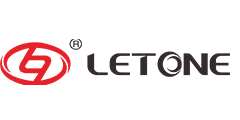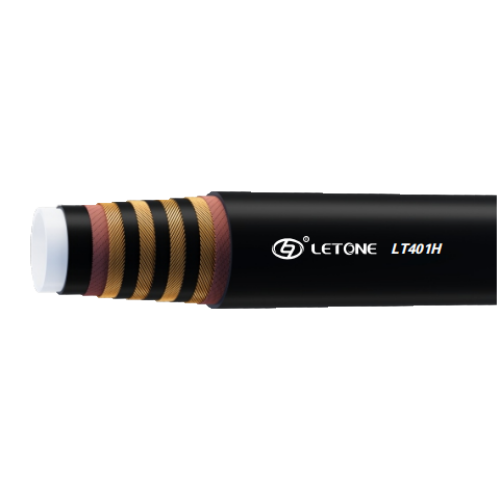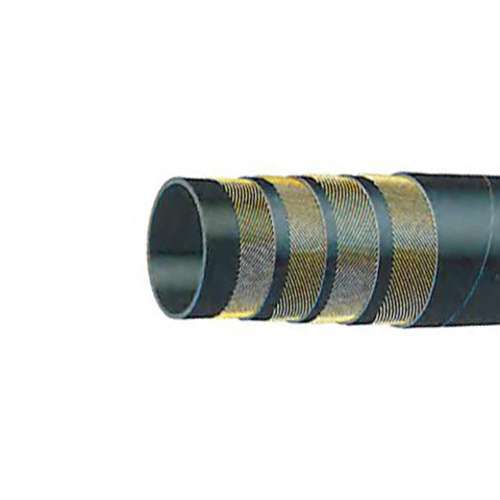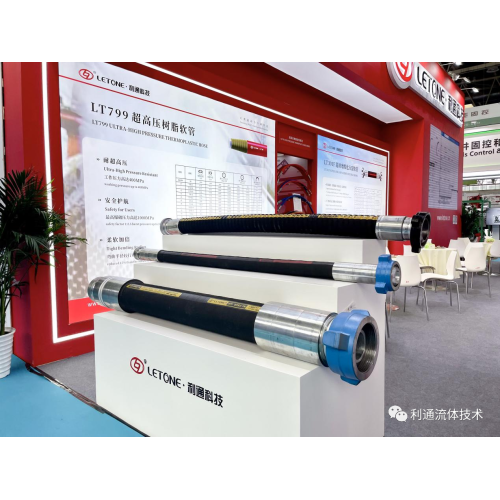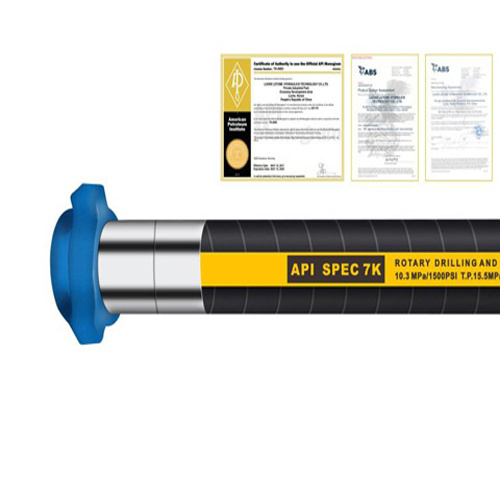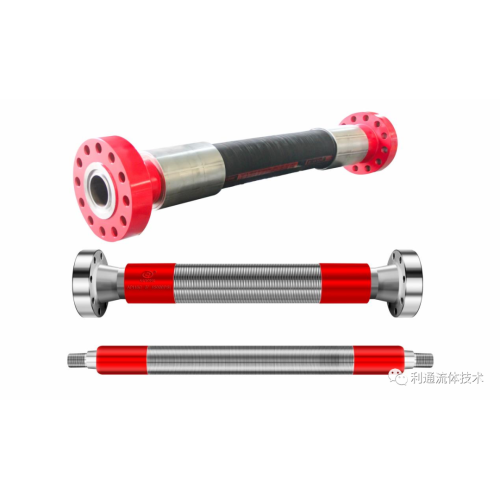1 coating
The use of acrylic polymer emulsions and solution coatings is very different. Before discussing the possible use of acrylic polymers in these areas, let us first consider the root cause of the use of the coatings and protect the coated substrates from environmental damage. Other reasons depend on the final application area.
Once it has been decided that a coating is required, further requirements are obvious: the coating must adhere to the surface of the article to be coated. To decorate and protect the surface, the coating must be held in place. This phenomenon is called adhesion. Another point to consider is the air dryness of the carefully formulated aqueous acrylic polymer. As previously discussed, all the properties of the coating are not obtained by long heat-curing times, but by drying at room temperature using film-forming aids. In the case where heating can be used, a solvent-resistant durable consumer heat paint can be obtained by adding a cross-linking agent.
In order to obtain the characteristics required for the application, each of the used product surfaces requires some special performance characteristics: The type of substrate to be coated and the method of use of the components determine their performance requirements. It is clear that plastics do not require a corrosion-resistant coating, so coatings designed for plastics have different performance requirements than those designed for metals. At the same time, important coating adhesion to any substrate is a key feature.
However, for any particular substrate attachment, the product requirements are completely different. Materials attached to metals cannot adhere to plastics. To obtain the desired properties, metal coatings must be significantly different from plastic or wood coatings. Therefore, each substrate needs to be designed with a specific coating to meet the specified use requirements.
The application of acrylic polymers in coatings will focus on five main areas: automotive coatings, general metal coatings, maintenance coatings, wood coatings, and commercial machine coatings.
1.1 Automotive Coatings
With the increasing use of plastics in automobiles, the use of paints has become a top priority. Paint plastics to improve chemical resistance, solvent resistance, UV light resistance, abrasion resistance, and outdoor durability. Other applications for coatings include the enamel portion of the generator, the underbody and the surface of the car. The nightmare performance includes grease resistance, durability, and the ability to treat metal surfaces that contain oil.
1.2 Metal Coatings
Metal cylinders and transformers require paint. The requirements for these coatings include chemical resistance, hardness, and corrosion and wettability. Because steel is often used, it is important to have the ability to protect the metal from corrosion.
1.3 Repair paint
The coatings required for bridges and storage tanks, here, require coatings with corrosion resistance and moisture resistance.
1.4 Wood Coatings
Coatings used for plates in furniture and kitchen cabinets require anti-adhesive and anti-washing properties, abrasion resistance and resistance to wood grain curling.
1.5 Business Machines
Coatings for computers, typewriters, copiers, and analytical instruments are common examples of commercial machines. The required coating properties include chemical and solvent resistance and adhesion to plastics [eg, polycarbonate, polyphenylene oxide, acrylonitrile-butadiene-styrene (ABS) copolymer].
2 adhesives
Solvent and emulsion acrylic adhesives have a wide range of uses in the industry, but before discussing adhesives, we must talk about the fundamental differences between coatings and adhesives. The coating must only adhere to a substrate; the adhesive must be commercially available on a substrate and then bonded to the second substrate. Once used, the coating will be exposed to the natural environment and must be abrasion-resistant, rub-resistant, solvent-resistant, water-resistant, and heat-resistant. Coatings also require high gloss and other special properties.
To a certain extent, the adhesive is protected by sandwiching it between two substrates. Therefore, it does not have to have some properties of the paint. Ideally it must have a high bond strength enough to break or tear at least one of the substrates. In many cases, the bond strength is virtually unaffected by heat, solvents, or water. Therefore, a binder must not only have good adhesion (bonding strength) to both substrates but must also have a sufficiently high cohesive strength to break or tear one of the substrates. Therefore, the adhesive must balance the bond strength with the cohesive strength.
Another fundamental difference between paint emulsions and adhesive emulsions is their film-forming properties. In order to obtain a hard, non-stick, durable consumer heat paint, the glass transition temperature of the polymer is intentionally designed to be higher than room temperature. The coating now requires a film former to form a transparent continuous film. The adhesive forms a film at room temperature without the aid of filming aids. It is desirable that the adhesive has a soft polymer film and that this film should be thermoplastic (it can repeatedly soften and flow when heated). If heat and solvent resistance are required, this film can be cross-linked through functional groups.
Acrylic-based adhesives are generally used where yellowing resistance is required to improve specific adhesive properties and/or exposure to ultraviolet light. Acrylic polymers are mainly used in three areas: heat sealable adhesives, laminating adhesives and pressure sensitive adhesives. This will be discussed separately.
2.1 heat sealable adhesive
Heat sealing is used to connect two substrates, and one or both of the two substrates are impermeable to water. It is usually the first to coat a substrate that is better in heat and solvent resistance and remove the solvent or moisture in the oven. At this point, the substrate sheet can be rolled up on itself (if the dried adhesive is non-adhesive) and heat sealed to the second substrate after some time. Alternately, the substrate coated with the adhesive can be laminated to another substrate to form the final product. The latter case is the lamination bonding technique that will be discussed later. When heating is used to activate the softening adhesive, the adhesive must satisfy the following two conditions for adequate adhesion:
(1) At the activation temperature, the adhesive must have sufficient fluidity to properly wet the second substrate.
(2) Adhesives must have a chemical affinity and special adhesion to special substrates. This chemical affinity constitutes a secondary chemical bond. This adhesion, we call the adhesion bond.
Many applications involving food packaging bags fall into this category.
